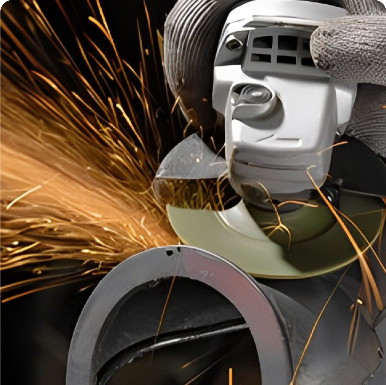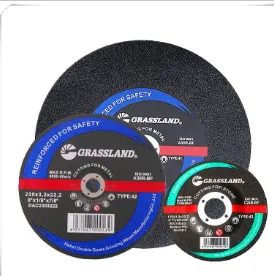

Heat is another critical consideration when cutting aluminum. Excessive heat can cause the aluminum to warp and the cut-off wheel to degrade rapidly. Utilizing a slower feed rate and intermittent cutting, along with cooling gels or solutions, can mitigate heat build-up. In industrial settings, many workers also use compressed air to dissipate heat and clear away chips, ensuring a clean working surface and improved visibility. Lastly, inspecting your work is just as important as the cutting itself. Burrs or rough edges are common aftermaths of cutting aluminum, and post-processing is often necessary to refine the final piece. Deburring tools can be employed to smooth the edges and deliver a professional finish. Experienced technicians recommend checking each piece for precision, using measuring tools to confirm that dimensions meet the required specifications. Implementing these advanced techniques not only enhances the quality of the cut but also prolongs the equipment lifespan and optimizes efficiency. Associated with a meticulous preparation and execution process, cutting aluminum with a cut-off wheel becomes a task of both art and science. Whether for industrial purposes or a weekend DIY project, this approach assures high-quality results and safety, underscoring the necessity of expertise and proper technique in metalworking practices. In summary, achieving excellence when cutting aluminum with a cut-off wheel requires thoughtful selection of tools, adherence to safety protocols, and precise cutting techniques. By combining real-world experiences with expert advice, individuals can successfully elevate their craft, building a reputation for quality and proficiency in working with aluminum. This approach not only strengthens the trust and authority of the practitioner's skill set but also meets the demands of a competitive marketplace where precision and reliability are paramount.
Post time:Feb - 10 - 2025

















